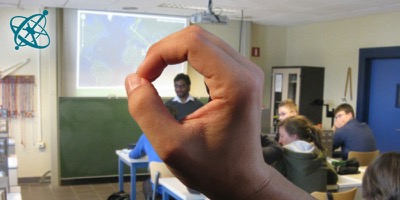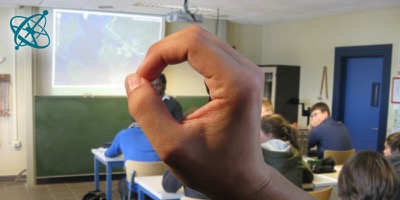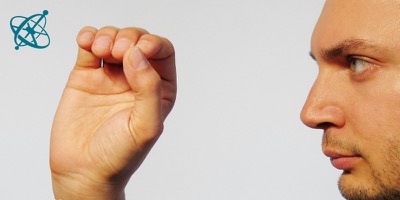 www.sciensation.org | Ciênsação hands-on experiments are published as Open Educational resources under a Creative Commons Attribution-ShareAlike 4.0 International License.
www.sciensation.org | Ciênsação hands-on experiments are published as Open Educational resources under a Creative Commons Attribution-ShareAlike 4.0 International License.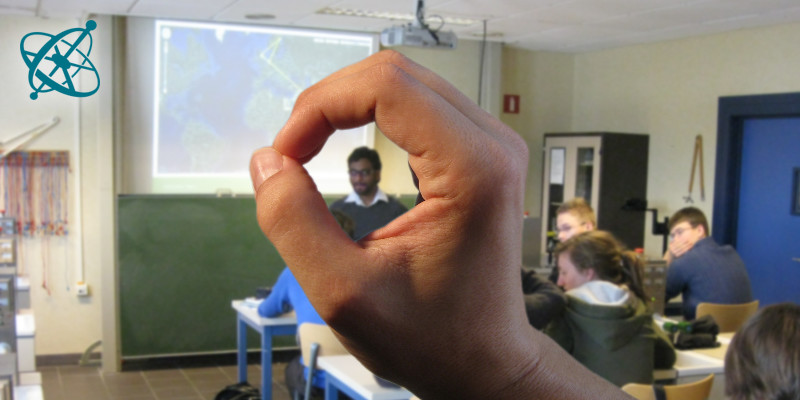
Are you 'left-eyed'…
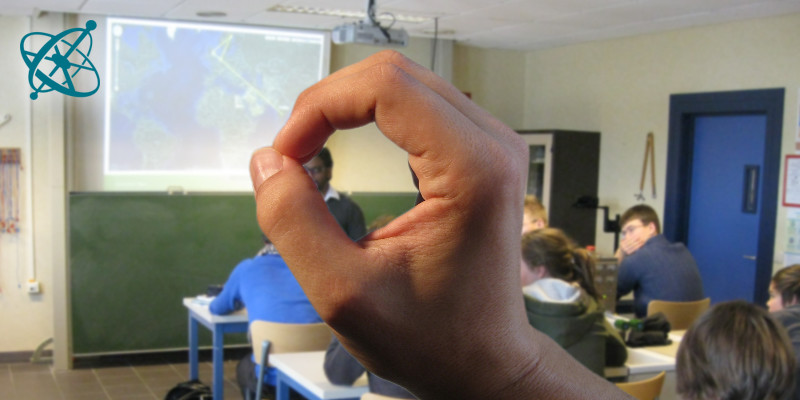
…or 'right-eyed'?
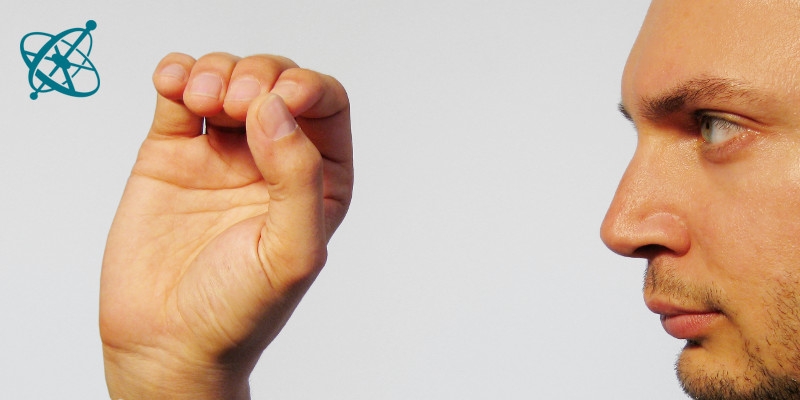
Find your dominant eye in the blink of an eye.
The dominant eye
Students learn early on that some people are left-handed while others are right-handed. Yet many will be surprised to learn that they are also left or right 'eyed', and that their eye preference does not always match that of their dominant hand. They might even be more surprised to hear that science has yet to figure out exactly how handedness develops in humans. Maybe one of your students will find it out in the near future?
Getting a notion of the brain's role in vision.
Eyes (and legs) have a dominant side just like hands.
Detect and address potential misconceptions your students might hold about vision.
One Hand
Before guiding the discussion listen carefully how your students try to explain this effect, as it can help you to surface misconceptions about vision, some of your students might hold.
Look at your teacher with both eyes through an imaginary tube you hold some 20 cm before your eyes.
1. Does the teacher 'stay' inside the tube if you close your left or your right eye?
2. What could cause this effect?
Do your two eyes see the same thing?
› No.
How many images do you 'see' in your brain?
› One.
When constructing this one image from what the two eyes see, is the information from both eyes treated equally?
› No, one eye is given preference.
Eyes – as well as legs – have a dominant side just like hands, which differs from person to person. Some people might even prefer one side for their hands and another for their eyes or feet, or have no dominant side at all (Ambidexterity). Although it is known that this effect is related to the brain structure and development, the exact reasons are still not understood and subject to ongoing research. Use the opportunity to make clear that science is not 'complete', but that many questions and even every-day situations still require research to be better understood.
